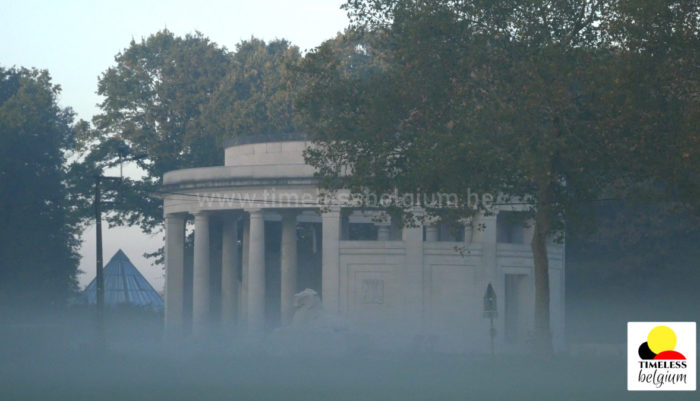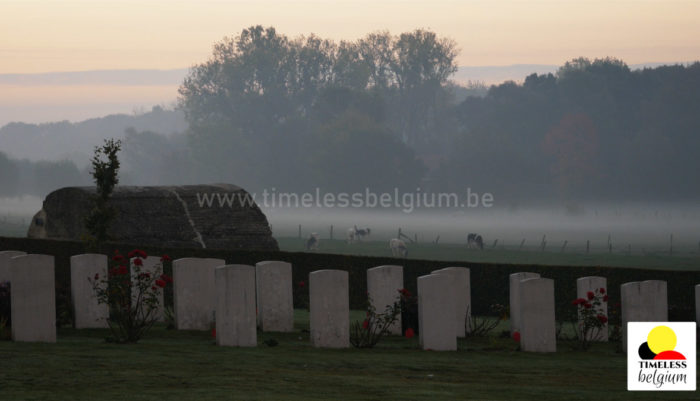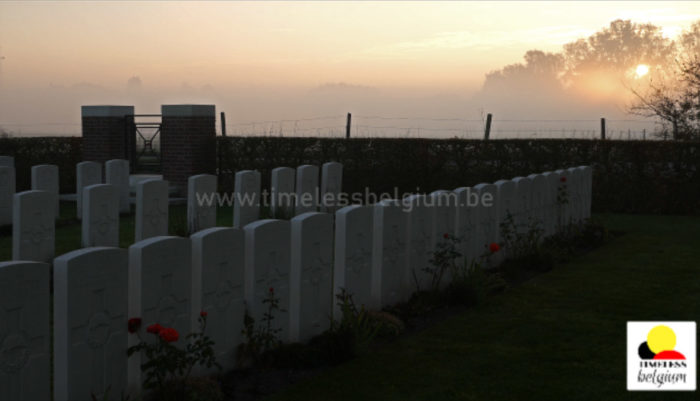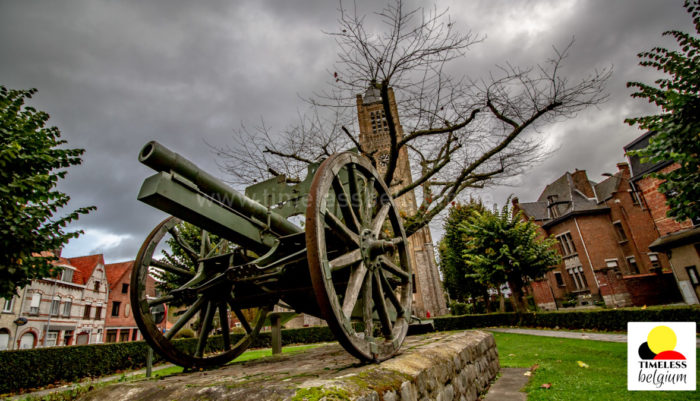Poppies are the symbol of Commonwealth fallen soldiers, since World War One, they still grow near Ploegsteert Wood recreated trench warfare system.
(Browse the collection : Hainaut Province stock footage videos, time lapses and cinematic shots)
No symbol so strongly recalls the Great War as the poppy. It is to the fore in every ceremony and parade on Remembrance Day. Every year, tens of millions of paper poppies are assembled. Their bright red colours catch the eye, on both people and monuments, on 11 November. The origins of the “remembrance poppy” are to be found in a poem by John McCrae, a canadian army doctor. On the otherwise barren front, where thousands of soldiers had recently perished, he saw vast numbers of poppies blossoming. A military graveyard full of poppies is an image that captures the imagination and strongly evokes the ambiguity so characteristic of the Great War. For the poppy has many aspects to it: irrepressible yet ephemeral, wilting but also uplifting. It is a vulnerable flower, on the borderline between ode and elegy. For McCrae, the poppy kept alive the memory of a young generation that was nipped in the bud before it could bloom. His words touch a chord with a great many readers. John McCrae would not live to see his poem’s success. In 1918, the year in which McCrae died, a young American woman became the first person to pin a silk poppy to her clothes. Her symbolic gesture was copied throughout the British Commonwealth and the poppy was soon adopted as the official symbol to be used in commemoration of the victims of the Great War.
(Read more: History Stories)
File names, codec and sizes | ||
pop180524_014_fhd | pop180524_014_uhd | pop180524_014_web |
Mov Prores 422 HQ | Mov Prores 422 HQ | H264 Mp4 |
230 Mo | 926 Mo | 13,7 Mo |
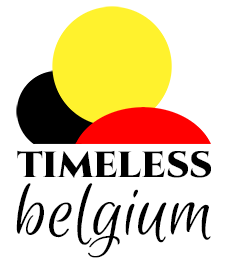
 My Account
My Account 
